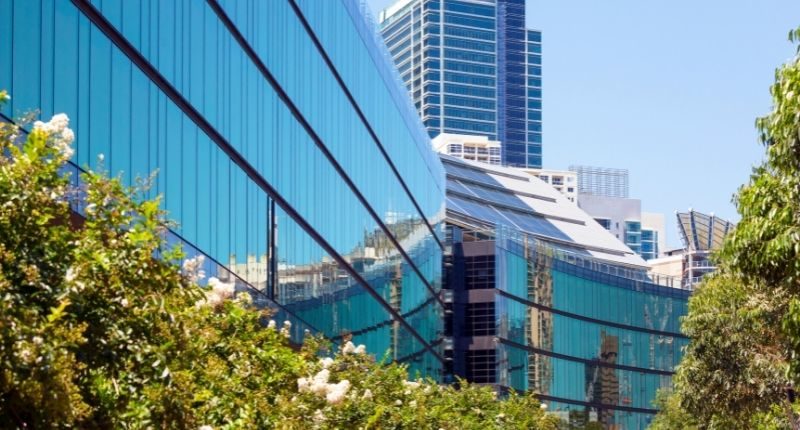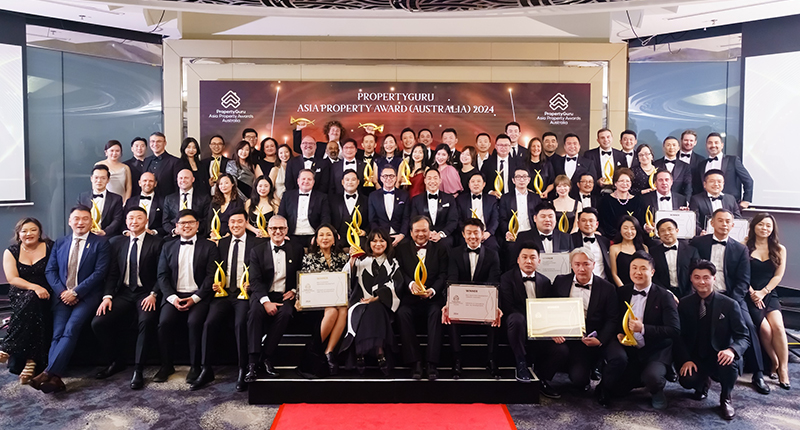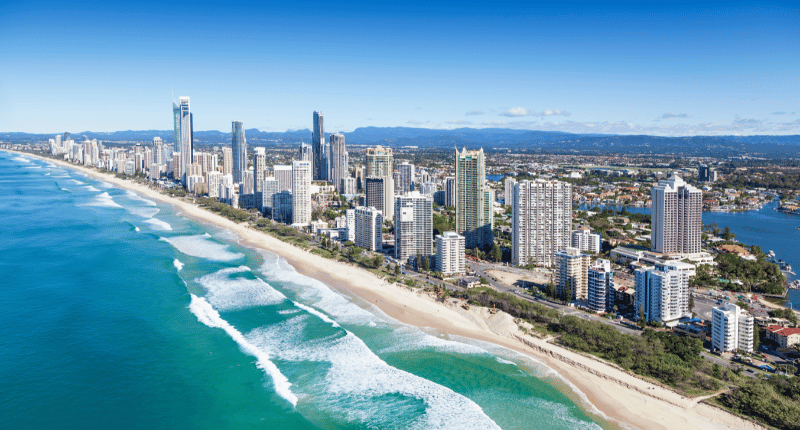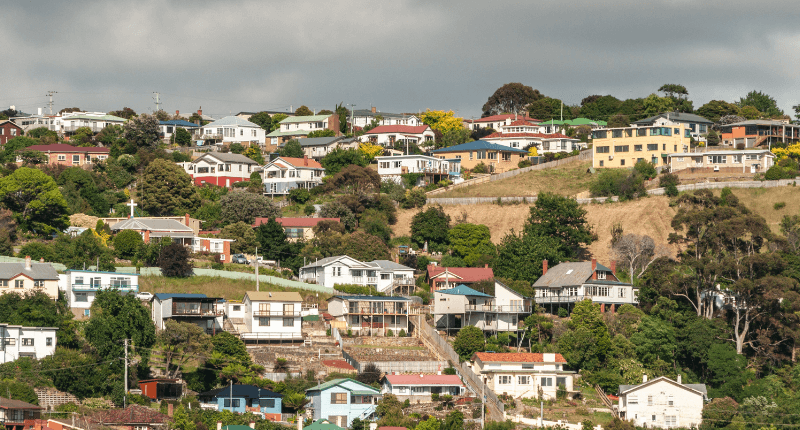- 80% of employees expect their workplace to have a positive impact on the environment
- Retrofitting existing buildings is key, suggests JLL Research
- 80% of building stock that will be standing by 2050 has already been built
Leaders in corporate real estate looking to achieve sustainable property portfolios must turn to green certified buildings, green leases and retrofitting, suggests new JLL research.
This is thanks to both environmental and socials now being mainstream, with 83% of organisations in Asia Pacific recognising sustainability is now a broad-level agenda, and eight in 10 companies say their employees expect their workplaces to have a positive impact on the environment.
Buildings account for 60% of carbon emissions in cities, and organisations are facing increasing pressure to deliver clear outcomes, such as building social value through real estate.
Findings from JLL’s Future of Work survey suggest that businesses will need to re-think their office spaces, prioritise sustainability and invest in new technology.
Fergal G Harris, JLL’s Head of Capital Markets – Australia, sustainability commitments for commercial property assets should be a continuing focus, despite a market pause due to the current macroeconomic climate.
“Our advice to clients of all sizes is do not wait to call the bottom. Get ahead of the next cycle by focusing on future proofing your portfolio, upgrading or repositioning assets to protect income. Focus on sustainability,” said Mr Harris.
“Offices assets with amenities that provide positive health and wellness outcomes for tenants will also remain more competitive in a future where the needs of office occupiers are evolving.
Fergal H Harris, JLL’s Head of Capital Markets – Australia
“There’s increasing pressure on building owners as climate dates approach and brings increased risks for low graded or non-graded commercial property assets.
“The market needs to ready itself for any environmental reporting or minimum standards that become mandated by regulatory authorities.
“It’s really about having your strategies in place to position your assets post the reset of the market.”
Pandemic accelerating changes
Anthony Couse, CEO of Asia Pacific JLL, said the next three years would be an inflection point for real estate.
“The changes accelerated by the pandemic represent an opportunity to pause, think about long-term real estate strategy and how it aligns with future business priorities.
“With 77% of CRE professionals agreeing that the office will remain central to their organisation’s long-term work ecosystem, businesses will be challenged to redesign and develop office spaces to be fit for sustainability and the future workforce.”
However, the greenest building is one that already exists, given the emissions associated with the construction of new buildings, including the demolition of an old building. Retrofitting existing buildings for sustainability can be an opportunity to plug the supply gap for net zero carbon buildings.
About 80% of the building stock that will be standing by 2050 has already been built.
The JLL Research concluded that the challenge is to accelerate the retrofitting of older buildings, at a rate of 4% per annum to meet the mid-century targets. The survey conducted by JLL found that 56% of Asia Pacific organisation had already planned to refit or redesign their office space within the next year.








